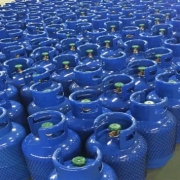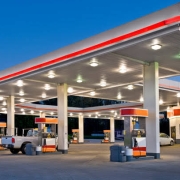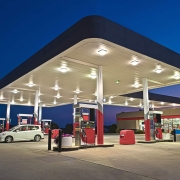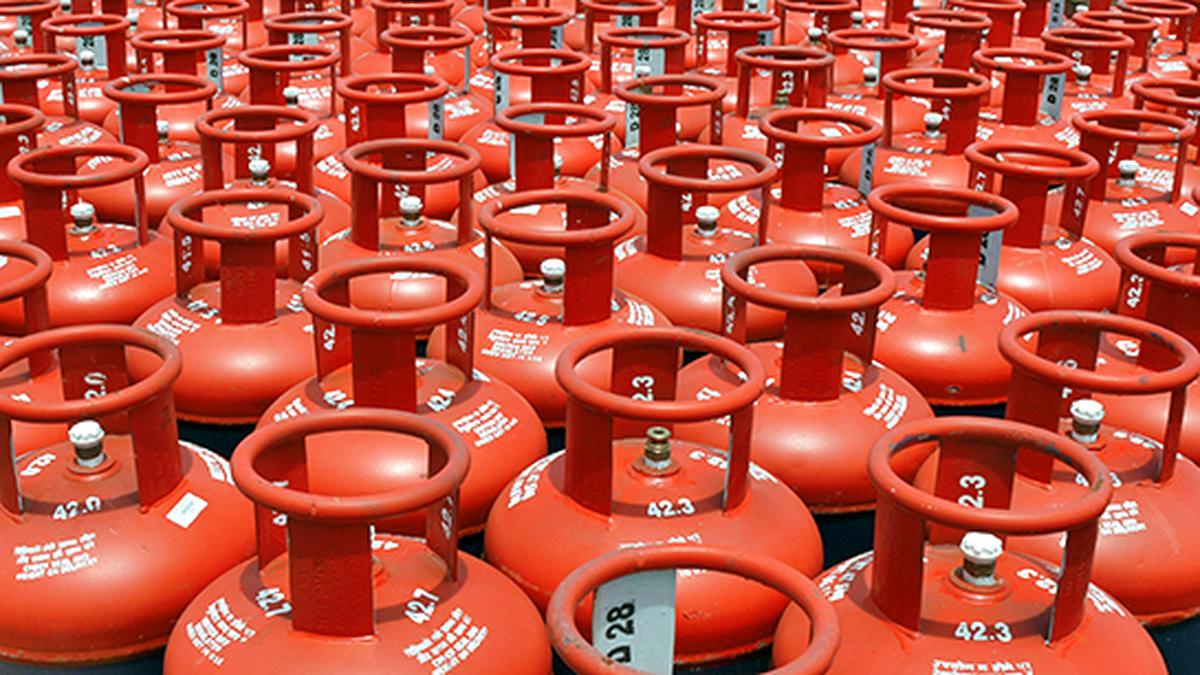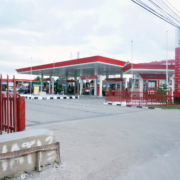South Africa’s LPG Market Growth Potential
Infrastructure constraints and pricing issues have historically been the key barriers to growing South Africa’s LPG market. However, a series of recent developments have led to a revised long-term demand forecast for the country.
The implementation of a wholesale LPG pricing reform in 2020 has facilitated increased imports, as importers can now better align local prices with international market prices.
Additionally, the opening of a new import terminal at Richards Bay is expected to significantly boost LPG supply and distribution capabilities.
Given South Africa’s low per capita LPG consumption relative to its income level, there is substantial room for market growth.
The government’s Gas Master Plan, which aims to increase the share of natural gas in power generation and double LPG consumption in five years, further highlights the country’s commitment to developing its LPG sector.
While the total market may not fully double in the next five years as envisioned, we expect rapid growth in the residential and commercial demand segments, potentially reaching over 600,000 metric tons per year by the late 2030s. This will be driven by improved infrastructure, pricing reforms, and the availability of affordable LPG options for households.
The Untapped Potential of South Africa’s LPG Market
South Africa’s per capita LPG consumption is remarkably low compared to its income level, suggesting immense growth potential in this market.
Recent developments, including a forthcoming Gas Master Plan and infrastructure improvements, have led us to revise our long-term demand forecasts for LPG in the country.
These changes point to a future of accelerated market expansion, driven by increased accessibility and affordability for residential and commercial users.
Developments Driving Market Growth in South Africa’s LPG Sector
The South African government’s new Gas Master Plan is poised to significantly boost the country’s LPG market. Key objectives of the plan include increasing the share of natural gas in power generation, doubling LPG consumption for cooking, heating, and water heating within five years, and promoting local manufacturing of gas cylinders and appliances.
These strategic initiatives are expected to drive accelerated growth in LPG demand across both the residential and commercial sectors.
Furthermore, crucial infrastructure and pricing reforms are underway to address historical barriers to market expansion.
South Africa has shifted to an import-based pricing system that aligns domestic LPG prices with international benchmarks, facilitating increased imports and distribution.
The addition of a new import terminal at Richards Bay is also projected to significantly expand the country’s LPG supply capacity, with estimated throughput reaching up to 200,000 metric tons per year.
Projected Market Growth.
The future prospects for South Africa’s LPG market are quite promising, with rapid growth expected over the next five years. Demand is projected to reach 10-15 kg per capita, driven by a surge in residential and commercial consumption.
Industry analysts forecast that this segment alone will see demand soar from under 300,000 metric tons per year currently to over 600,000 metric tons annually by the late 2030s.
While this may fall short of the Gas Master Plan’s ambitious goal of doubling LPG usage in five years, the market is still poised for remarkable expansion.
Key factors fueling this growth include new import infrastructure, pricing reforms to better align with international benchmarks, and the government’s focus on increasing natural gas utilization across the power sector and promoting local manufacturing of gas equipment.
However, the long-term trajectory may moderate after 2030 if affordability constraints persist and prevent further per capita increases, unless steps are taken to enhance distribution efficiency or implement targeted subsidies.
Challenges Beyond 2030.
South Africa’s LPG market is poised for rapid growth in the coming years, driven by infrastructure improvements and pricing reforms.
However, the challenges that lie beyond 2030 may prove more daunting. Continued economic constraints are expected to limit per capita GDP growth, making it difficult for LPG to become an affordable option for a significant portion of the population.
Reaching demand levels beyond the projected 10-15 kg per capita will likely require further interventions, such as increased competition and efficiency in distribution to reduce retail prices, or the implementation of targeted subsidies.
Without addressing these affordability barriers, the market’s long-term potential may be hampered, requiring a careful balance of policy, investment, and market forces to overcome these challenges and sustain the momentum gained in the earlier years.

